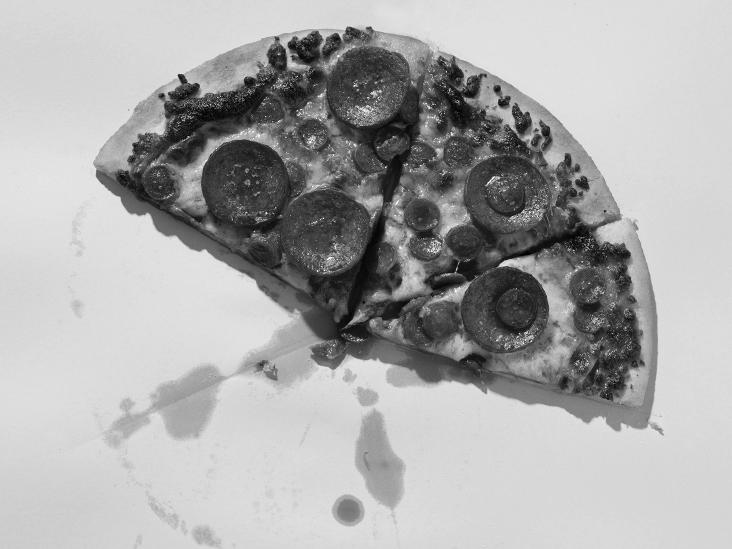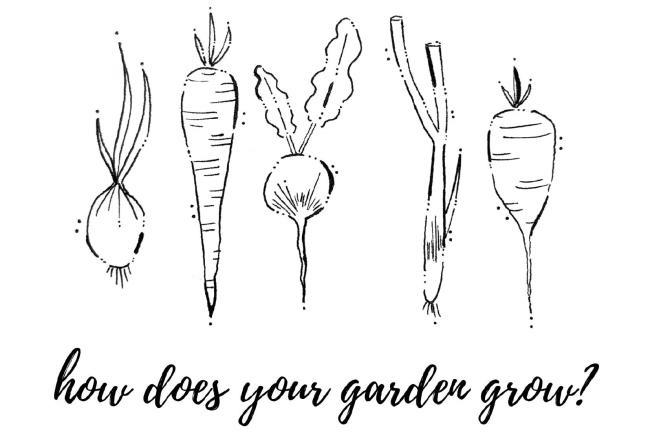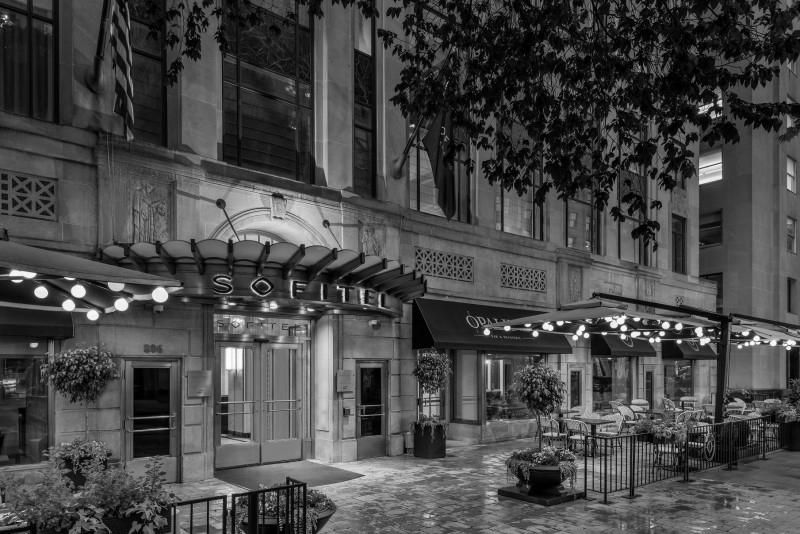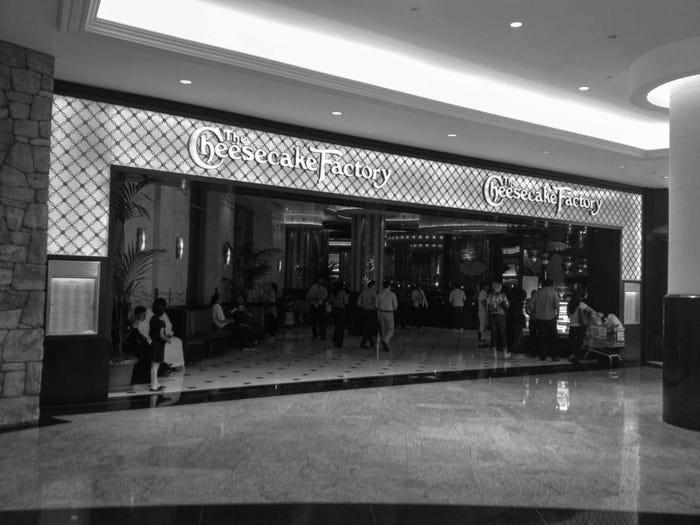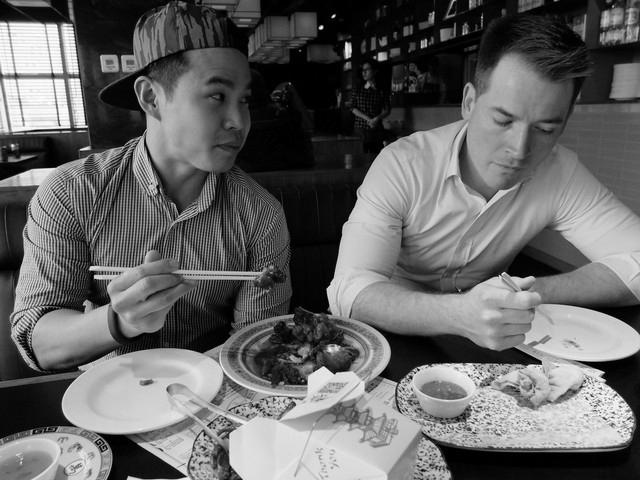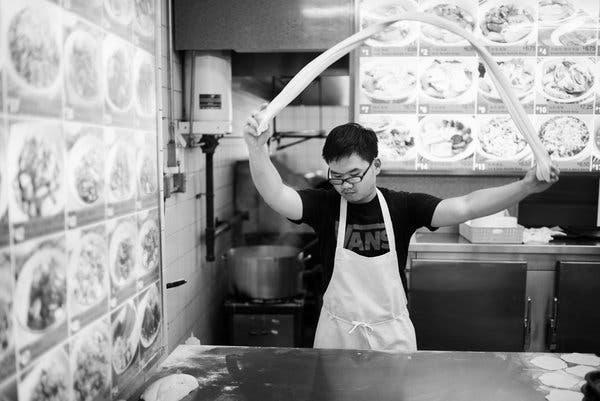Chinese food is often dubbed a poster child for dirty food in Western societies. However, owners of Chinese restaurants such as Majestic Bay and Jing Seafood in Singapore disagree. They say western critics don’t understand Chinese food culture. They don’t know that Chinese food often contains organs like jellyfish and fish heads that Westerners don’t understand.
Disqualification of Chinese restaurants
A new video game has been released that depicts Chinese restaurants as dirty. The game, Dirty Chinese Restaurant, shows a Chinese cook searching for animal carcasses, an immigration officer coming to deport employees, and a tax collector searching for hidden cash. The game came under fire last week after a fan discovered the trailer on YouTube.
As a health coach, Arielle Haspel wanted to open a Chinese restaurant that would cater to her clients who were sensitive to the oil and salt in Chinese food. She wanted the restaurant to look clean and less icky and serve food that her clients enjoyed. Sadly, her ill-conceived idea re-invented old stereotypes about Chinese food and Chinese restaurants.
Lucky Cricket, a new restaurant in the Twin Cities, has become a source of controversy. A restaurant owner named Andrew Zimmern described the restaurant as «a horse— restaurant,» while an upscale chain called P.F. Chang’s is also on the list of restaurants to avoid. The restaurant’s founder, Philip Chiang, was described by Andrew Zimmern as a «rich American kid on the inside.» After the outcry from the Chinese American community, Zimmern apologized for the comments and said that he had made a mistake. The neighborhood reminded him that Chinese cuisine evolved as a survival strategy for immigrant families.
The restaurant’s name and address have also become the subject of controversy. The restaurant’s name was Anglicized from the Chinese family names Le and Li. However, critics claim it gives customers the wrong impression that Asians own the restaurant.
Tableware in Chinese restaurants
Chinese dining etiquette dictates that you use your hands to eat, especially when eating Peking duck. Some restaurants will provide plastic gloves for you to use. If you don’t feel comfortable using your hands, watch the other diners and learn to use chopsticks before you visit a Chinese restaurant.

Chinese dining tables are usually round with a typical dish in the middle. Words are shared among the party and are passed across the table. Moreover, drinks are poured from the sizeable lazy susan, and food is put on the next person’s plate. These table settings are conducive to communal eating, as you’ll have a wider variety of dishes to sample.
In most high-end restaurants, the tableware used is often high-end and made from expensive ingredients. Dishes are presented beautifully. They’re served in portions that are large but not excessive. Despite the lack of English-language menus, most Chinese restaurants offer decent pieces and provide complimentary appetizers, such as pickled vegetables, wood ear mushrooms, and peanuts. Moreover, some restaurants even provide complimentary tea with the meal.
Chinese place settings usually include tiny teacups, a large plate with a small empty rice bowl, a soup spoon, and a chopstick rest. In addition, the place setting may include a large water glass and a small baijiu glass. In addition, the dishes may have small plates left for each diner, whereas high-end restaurants use cloth napkins.
MSG
The alleged «sour taste» that MSG causes in Chinese restaurants are a topic of intense debate. While some chefs and medical establishments have publicly defended using MSG in their cooking, others question its value. In either case, changing public opinion isn’t going to be easy.
MSG is a chemical compound that gives food a savory flavor. It is commonly used in Chinese and Vietnamese cuisines. The word Beijing, which means «essence of flavor,» is a term for glutamates. MSG is also widely found in many processed and packaged foods.
While the study on MSG’s role in causing ill effects in Chinese cooking has no scientific basis, it has helped create an awareness of the problem. It has also helped to change public perceptions about Chinese food. The New England Journal of Medicine and the New York Times wrote articles focusing on the issue of Chinese cuisine. The newspaper even interviewed Chinese restaurant owners to defend the cuisine.
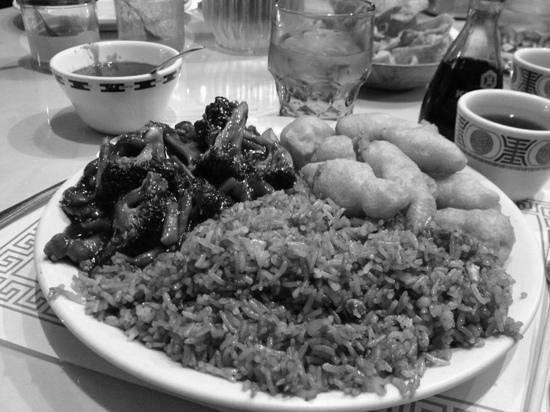
However, the research on whether MSG causes ill effects in Westerners was incomplete. The World Health Organization, a partner of the United Nations Food and Agriculture Organization, found no evidence that MSG is linked to the phenomenon. It is important to note that these claims are based on anecdotal evidence. It’s also important to note that studies conducted by the World Health Organization showed that MSG is not dangerous for people living in countries where MSG is used in cooking.
In addition to the demonization of MSG by the media, Asian American activists are actively fighting the racism behind the «Chinese Restaurant Syndrome» in Chinese restaurants. In a video produced by Ajinomoto, Asian American celebrities, doctors, and restaurateurs speak out against the negative perceptions of MSG.
Racism
Many Asian Americans carry an extra burden of racism and xenophobia. They constantly fear physical and verbal attacks based on their race and ethnicity. A recent tweet from President Donald Trump referred to the coronavirus as a «Chinese virus.» According to a study by the University of California, San Francisco, the hashtag #chinesevirus is associated with the anti-Asian sentiment.
At that time, Chinese restaurants were growing in popularity, especially in New York City. As Chinese immigrants began to flood the city, white labor unionists feared that they would create an economic threat. They also pushed for legislation limiting immigration from all Asian countries. The result was a drop in Chinese immigration.
While racism is a problem in China, it is a widespread phenomenon. Chinese government officials have been accused of discriminating against Africans. Moreover, there have been instances of black people being quarantined for being sick with the coronavirus. Several landlords have also evicted African residents and refused to serve Black people.
The issue of racial profiling and racism in Chinese restaurants is not limited to restaurants, but it has reached the levels of corporate America. According to a March 2021 report, one-fifth of all anti-Asian attacks occurred in Asian food and grocery establishments. There were 1,150 reported incidents, ranging from physical assault to verbal harassment.

Despite the rise of racial profiling and anti-Asian attacks, Asian-American restaurant workers have continued to face racist harassment. The Atlanta shooting and recent attacks against elderly Asian Americans have further fueled their fears. In Atlanta, one regular, Douglas Kim, sent Insider a photo of racist graffiti in a window of a restaurant he frequents. The incident prompted the restaurant to close because the employees felt threatened temporarily.
Cultural appropriation
While cultural appropriation is not racist, it is unsavory. It attempts to profit from another culture without the owner’s permission. It is also a way for white people to taste a foreign culture without dealing with its people. This is a problem that is not going away anytime soon.
To be culturally appropriate, a restaurant must honor the history of the people who make it. The owner of a restaurant that offers non-white cuisine should take the time to learn the culture of its patrons. That way, the customer will be more likely to feel comfortable with the food and be more likely to patronize it.
Many restaurants in Berlin and elsewhere have white chefs, while others have a diverse array of cuisines. Some of them serve Asian cuisine. In Berlin, for example, you’ll find Vietnamese sushi chefs, German pizzaiolos, and even a Thai version of spaghetti Bolognese. However, Khamlao sees a problem with white restaurateurs claiming authority over Asian cuisine. She refers to this as «picking the raisins out of the cake.» Such restaurants jetton the cultural background and stories behind individual plates.
For many Asian Americans, food is a moving and essential part of their culture. For example, Arielle Haspel, a health coach in Manhattan, wanted to open a Chinese restaurant that served Chinese food to her sensitive clients. Her goal was to create a place that served food that would be flavorful without being oily or overly salty. She’s been criticized for her comments and has apologized for her actions.
Despite this controversy, some restaurant owners are not giving up. Some have even shut down and reopened. The Chinese American community in New York City is not free of such criticism. However, several restaurants have still been accused of cultural appropriation, including Lucky Lee’s in New York City.


